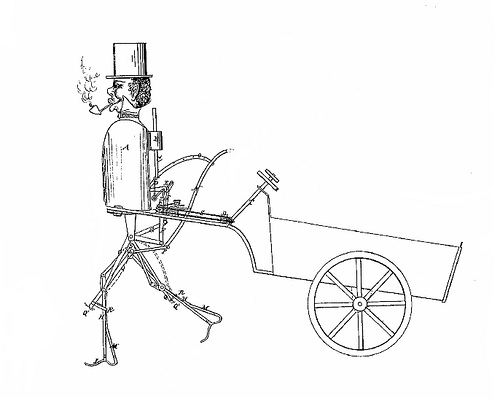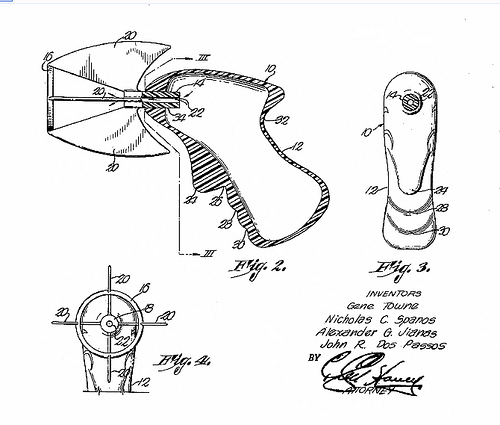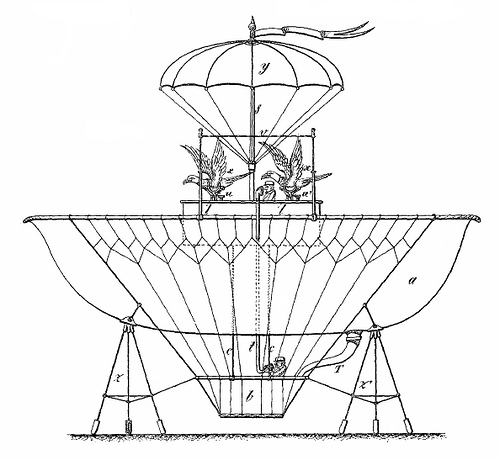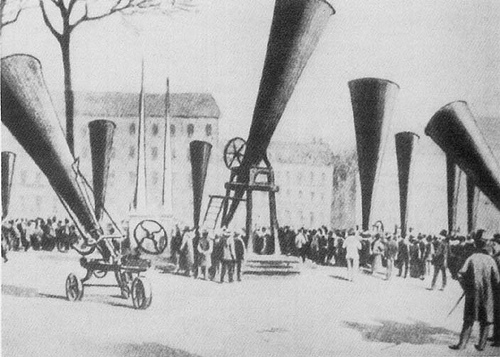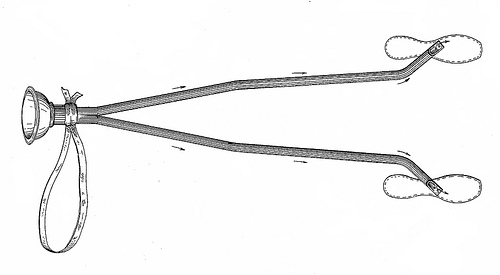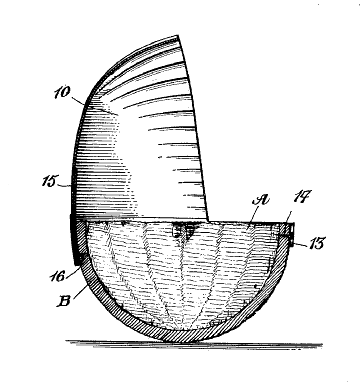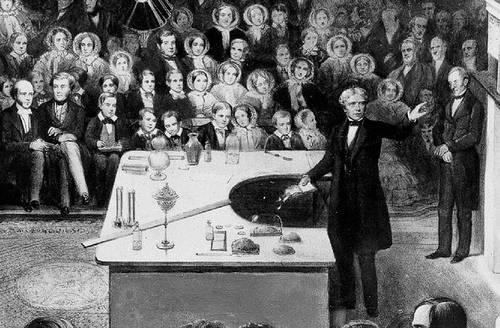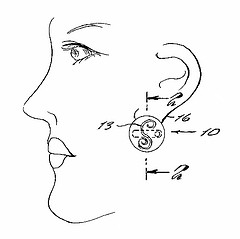
Plain and slouchy? You need a pair of posture earrings, patented by Peter Badovinac in 1972.
Each earring contains a small ball in a horizontal chamber. If you’re sitting up straight, the ball rests at the rear end of the chamber. If your “posture becomes slumped,” the ball rolls to the front, “thus giving a sharp clicking sound so to warn the wearer to hold her head erect.”
“Much simpler and easier to use for maintaining and attaining good posture than the old bothersome method of carrying a heavy book upon the person’s head.”

